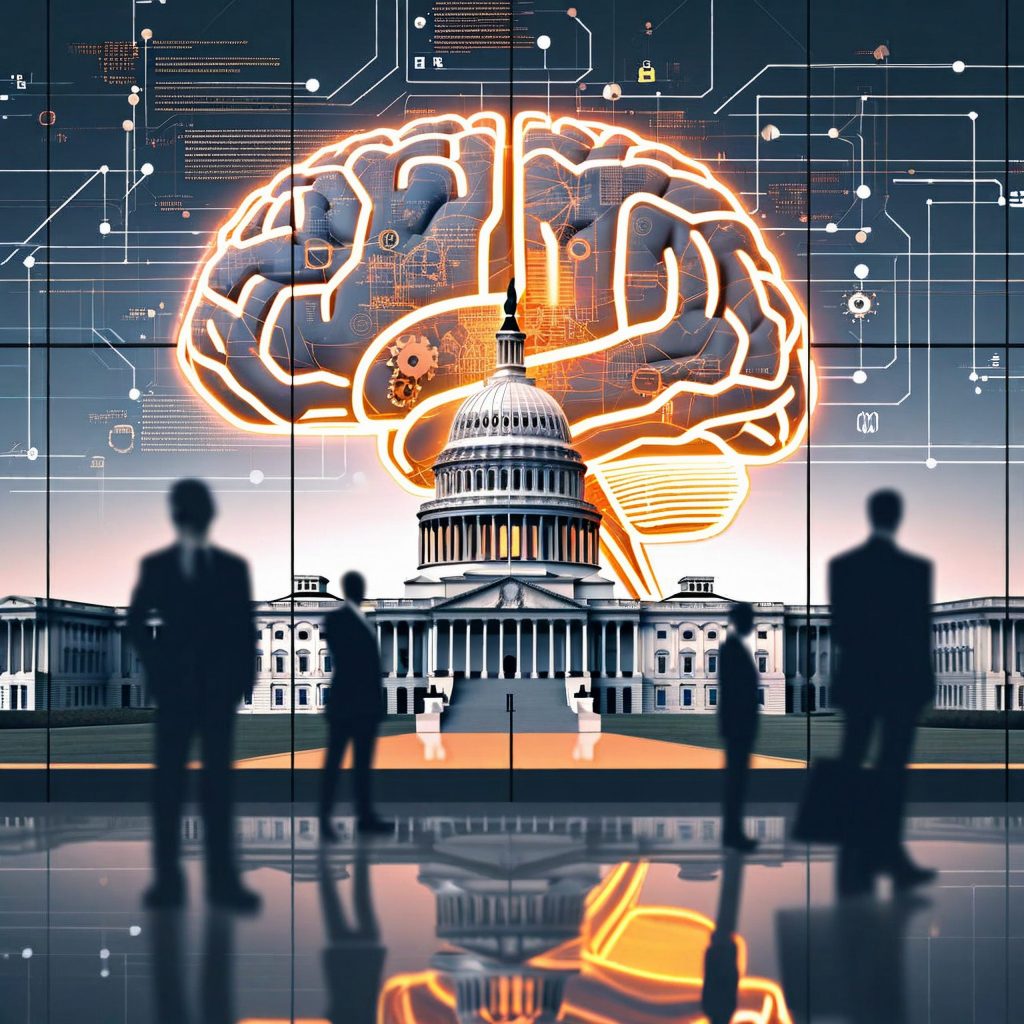
Shutterstock
Under Elon Musk’s leadership, the Department of Government Efficiency (DOGE) has been driving a transformative agenda aimed at overhauling traditional government systems. The focus is to minimize inefficiencies by identifying and eliminating wasteful government spending.
While DOGE is officially tasked with optimizing government operations and reducing bureaucratic inefficiencies, its impact goes far beyond. It has sparked debates about how artificial intelligence (AI) fits into public administration and how technology could help reshape old systems. DOGE has introduced AI applications to various federal agencies, as part of its “AI-first strategy” to automate tasks and improve efficiency.
Musk has said he’s aiming to cut at least $1 trillion from the federal budget deficit. It’s no surprise that DOGE is utilizing the Grok AI chatbot, developed by Musk’s xAI, to drive its mission of overhauling government operations. Grok plays a key role in pinpointing inefficiencies and automating repetitive tasks, aiming to enhance productivity and reduce costs.
However, DOGE’s use of AI has been met with some controversy. Some sources claim that AI is being used to monitor internal communications for language deemed hostile to Musk or the administration’s agenda. This has raised concerns about transparency, data privacy, and the ethical implications of using AI in such a manner.

Shutterstock
It hasn’t helped that in the attempt to shrink the government, DOGE has let go of key personnel in the government’s digital infrastructure, shifting greater reliance onto AI technologies. This underscores the challenges DOGE faces in balancing cost-cutting initiatives with the need to maintain operational stability and drive technological innovation.
“It’s just so complicated and difficult to rely on an AI system for something like this, and it runs a massive risk of violating people’s civil rights,” said David Evan Harris, an AI researcher who previously worked on Meta’s Responsible AI team. “I would go so far as to say that with the current AI systems that we have, it is simply a bad idea to use AI to do something like this.”
DOGE also created new GenAI tools specifically designed for government use. This includes the GSAi chatbot for the General Services Administration, which oversees critical government functions, including IT infrastructure and contract oversight. While chatbots are becoming common in corporate settings, the government has historically been more cautious in adopting emerging technologies.
Rita McGrath, Columbia University Business School professor and C-suite strategist, expressed concerns about DOGE’s rapid pace. She stated, “The speed with which Musk and his team are moving to extract information from sensitive government databases and affect longstanding government programs is unprecedented and potentially illegal. We still don’t know the policy implications.”
With custom GenAI tools, such as the GSAi, DOGE gets a higher level of data control, which they wouldn’t get with established AI tools like OpenAI’s ChatGPT or Google Gemini. Reportedly, DOGE has also been working on developing specialized AI agents designed for specific government functions, such as optimizing software code and reviewing contracts. While AI adoption in the government had been initiated during Biden’s tenure, the slow approval process hindered widespread adoption. It’s possible the slower adoption was a result of wanting to have greater human oversight. Could DOGE be risking too much in going so fast?
Matthew Kirschenbaum, a distinguished professor at the University of Maryland, argues that DOGE’s use of AI is less about improving government processes and efficiency and more about advancing ideological and political goals.

Elon Musk. (COMEO/Shutterstock)
In his Tech Policy Press commentary, he asserts that AI is used as a rhetorical tool to justify policies that might otherwise face legal or political challenges. By framing reforms as technological progress, DOGE masks its true intentions and avoids scrutiny, according to Kirschenbaum.
Horacio Rozanski, CEO of Booz Allen Hamilton, has a more favorable view of DOGE’s approach. According to Rozanski, “The entire thesis for government efficiency is about bringing technology in to make the government more efficient. And this is what we do for a living,” he says.
Rozanski mentions that his firm has made numerous suggestions over the years about how the U.S. government could save money, but these ideas were often overlooked. “The political will wasn’t always there, and I give the current administration and DOGE credit for creating and putting a spotlight on this,” he adds diplomatically. “This is the first time in our collective memory we’ve been asked to recommend savings.”
Musk employed a “cut first, fix later” strategy during the chaotic takeover of Twitter in 2023. This approach led to significant technical issues and lawsuits, ultimately causing a decline in user engagement and advertising revenue. Although Twitter, now known as X, managed to recover some lost ground, applying a similar strategy to government agencies and systems could pose greater risks.

